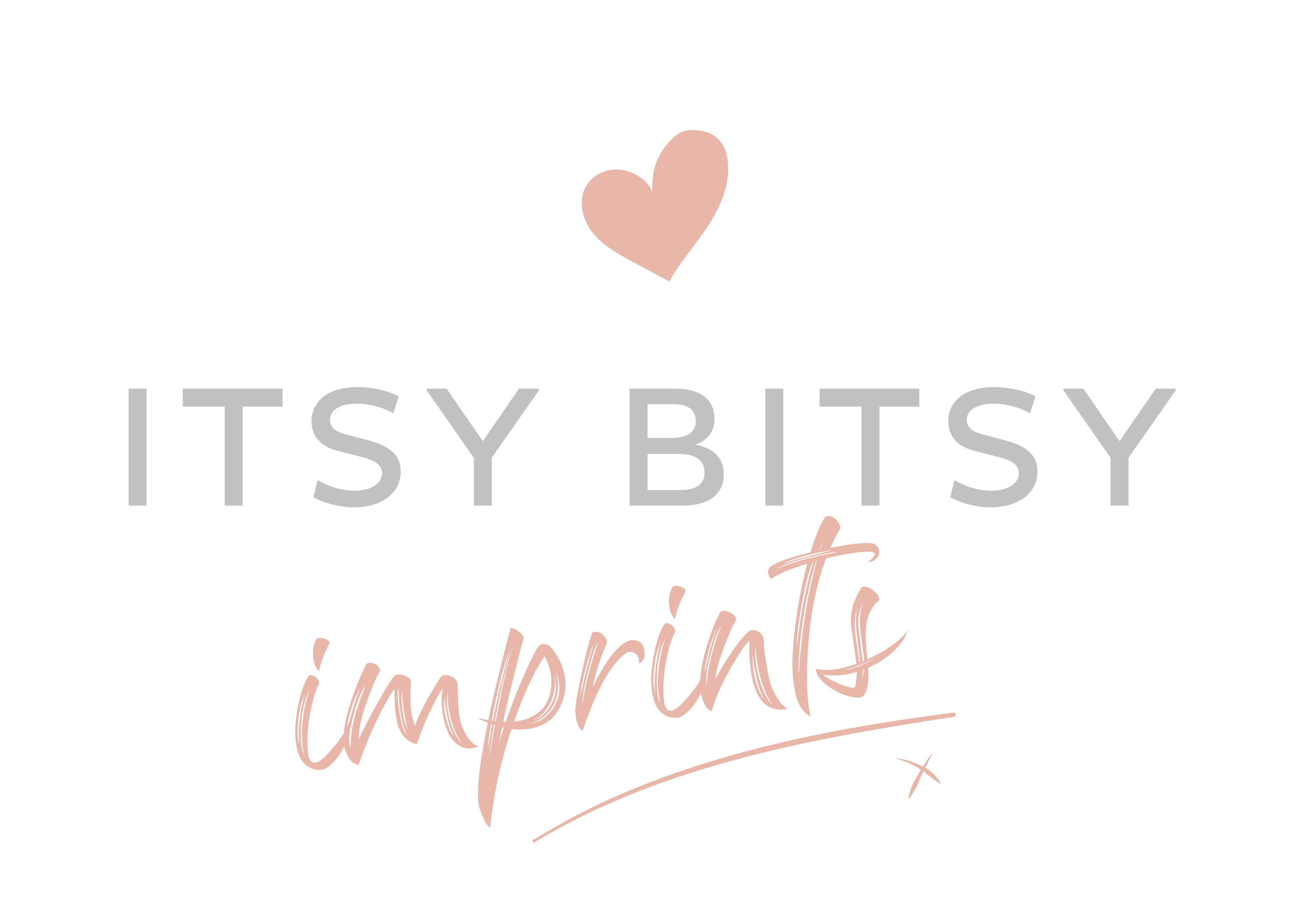If you look on the vast majority of the precious jewellery you own, you can be sure you will find a hallmark somewhere on it.
This is your assurance that the piece you have bought is created from the metal it was sold to you as and can also be used to trace the piece back to where and when it was made. It is also a legal requirement.
Each piece is sent to the register office before it is sold to you so they can test, document and stamp each piece. Each registered company has a completely unique stamp, known as a makers mark.
This is the first stamp you will see and is usually the initials of the designer or company, in my case IBI
The second stamp shows you the type of metal used (fineness symbol). Each metal has its own symbol and the lion showed here is the specific symbol to denote sterling silver.
The next symbol also shows you the type of metal used but in a numerical form. For our pieces it will 925 (or occasionally 999) showing that they are created out of sterling or pure silver. This is something which the assay office test when they receive a piece to stamp.
The third stamp you will see is either a leopard (London), rose (Sheffield), anchor (Birmingham) or castle (Edinburgh). The symbolises the office which the piece was hallmarked at. My hallmark is kept at the London office so a leopard appears on my hallmarked pieces.
The final stamp on the hallmark represents the year the piece was made. The letter S in this cases show that this piece was made in 2017 and a piece hallmarked in 2018 will have the letter ‘t’ instead.
However not every piece of jewellery needs to be hallmarked. For silver, items which weigh under 7.78g do not need to be hallmarked and can be legally sold and hence why the majority of pieces sold do not need to be sent away.
I am really proud of my hallmark and will happily send any item over the legal weigh limit or at your request to have a hallmark added.




